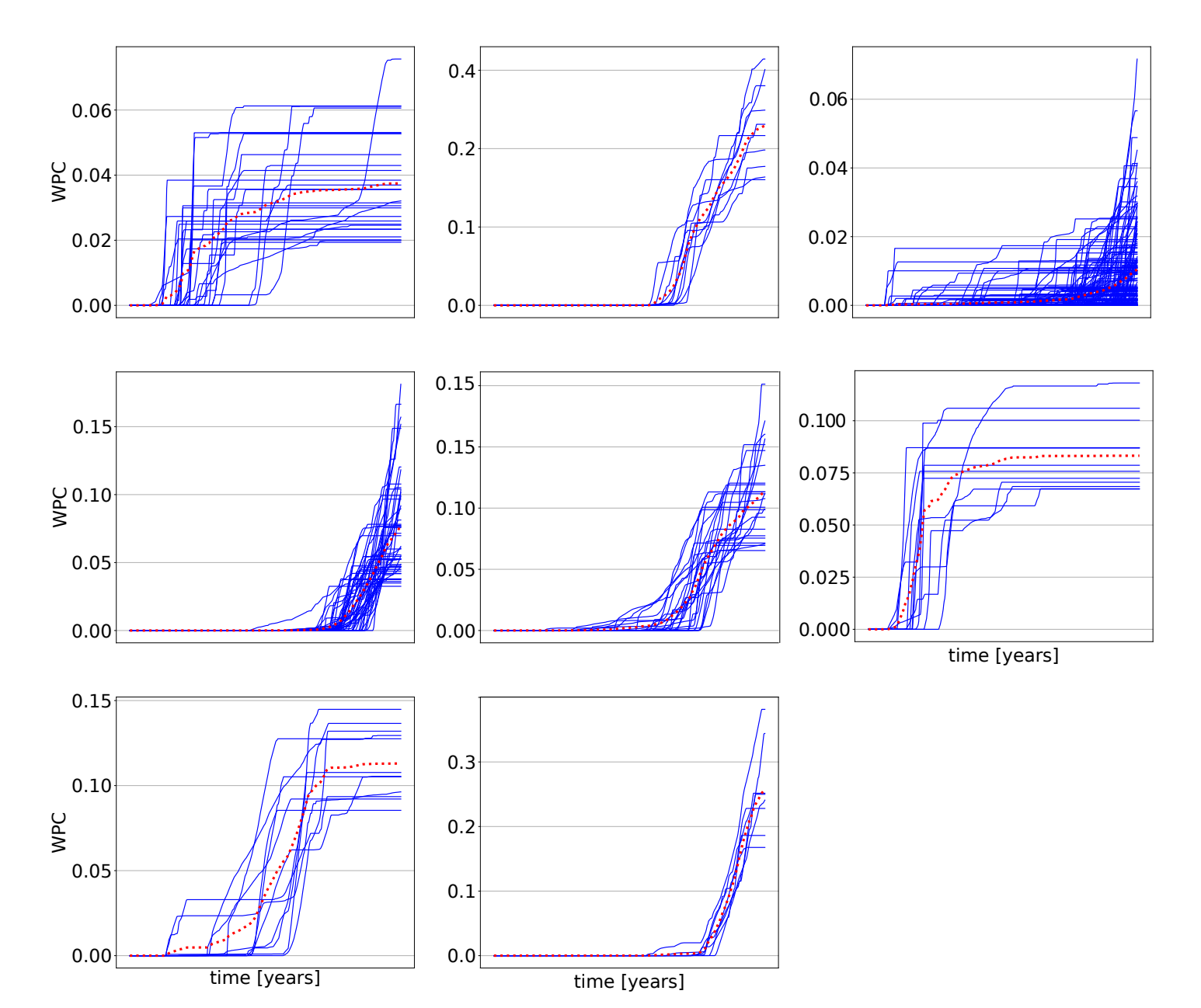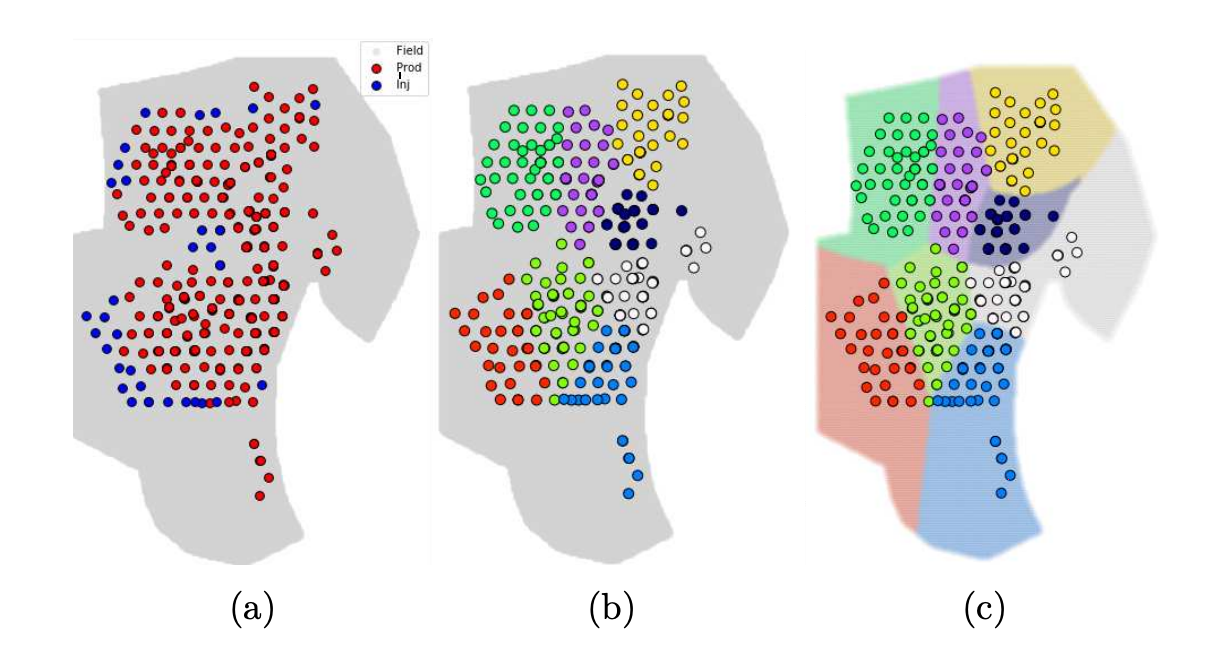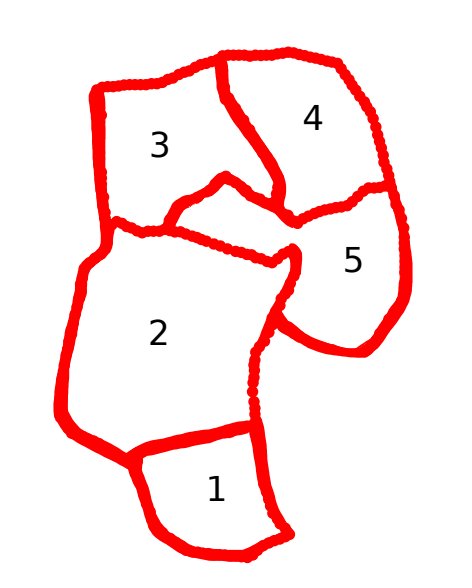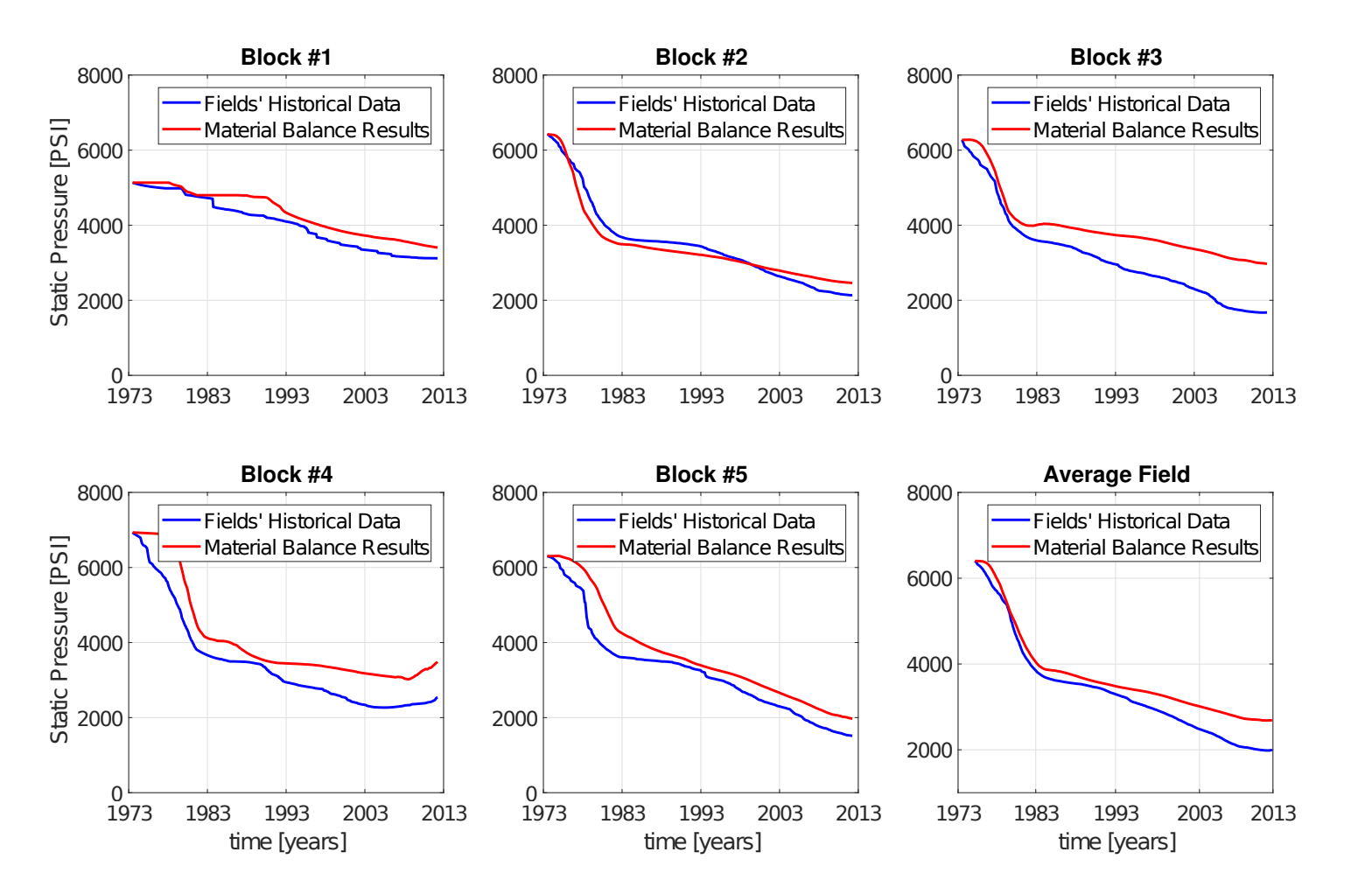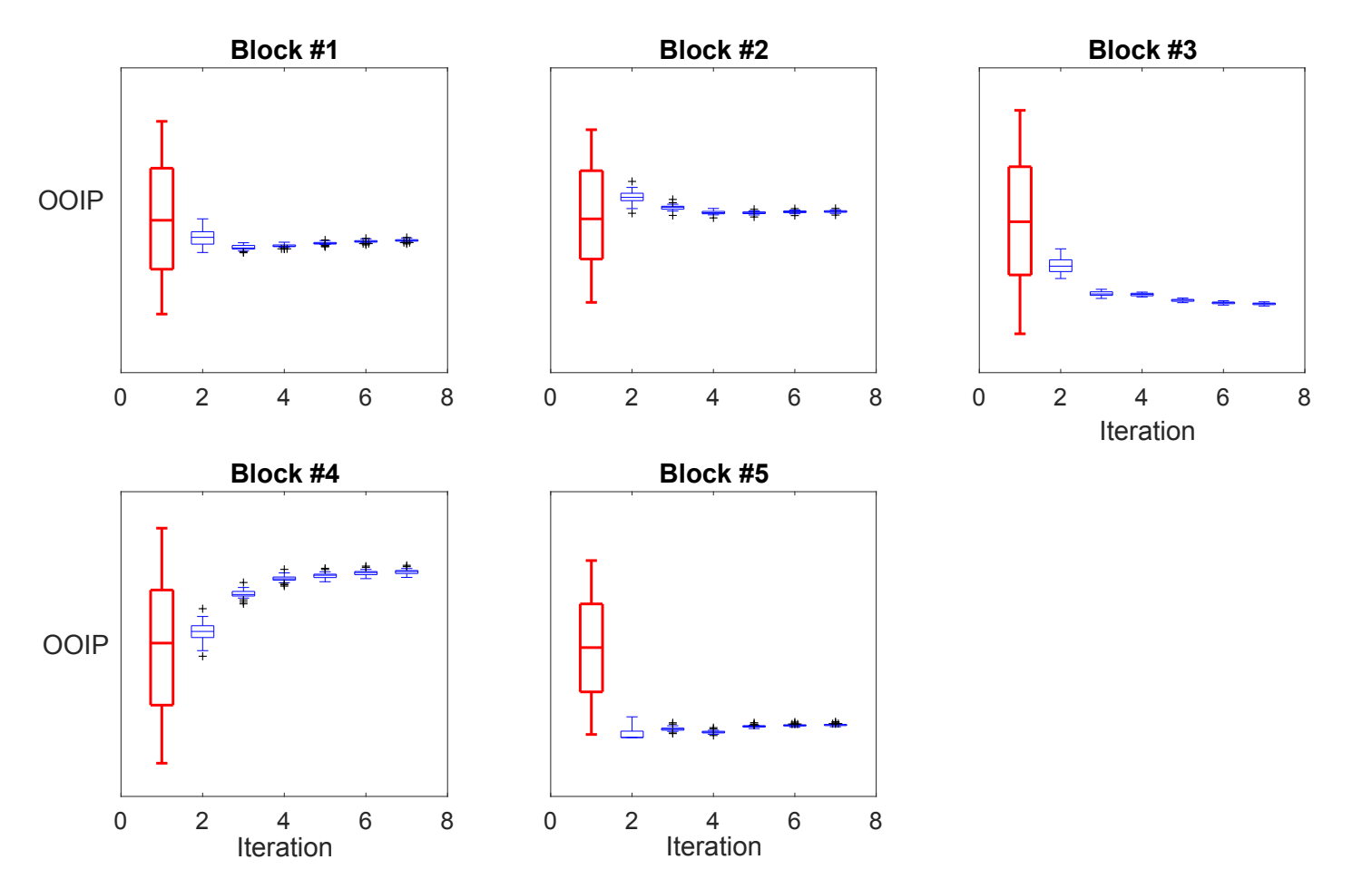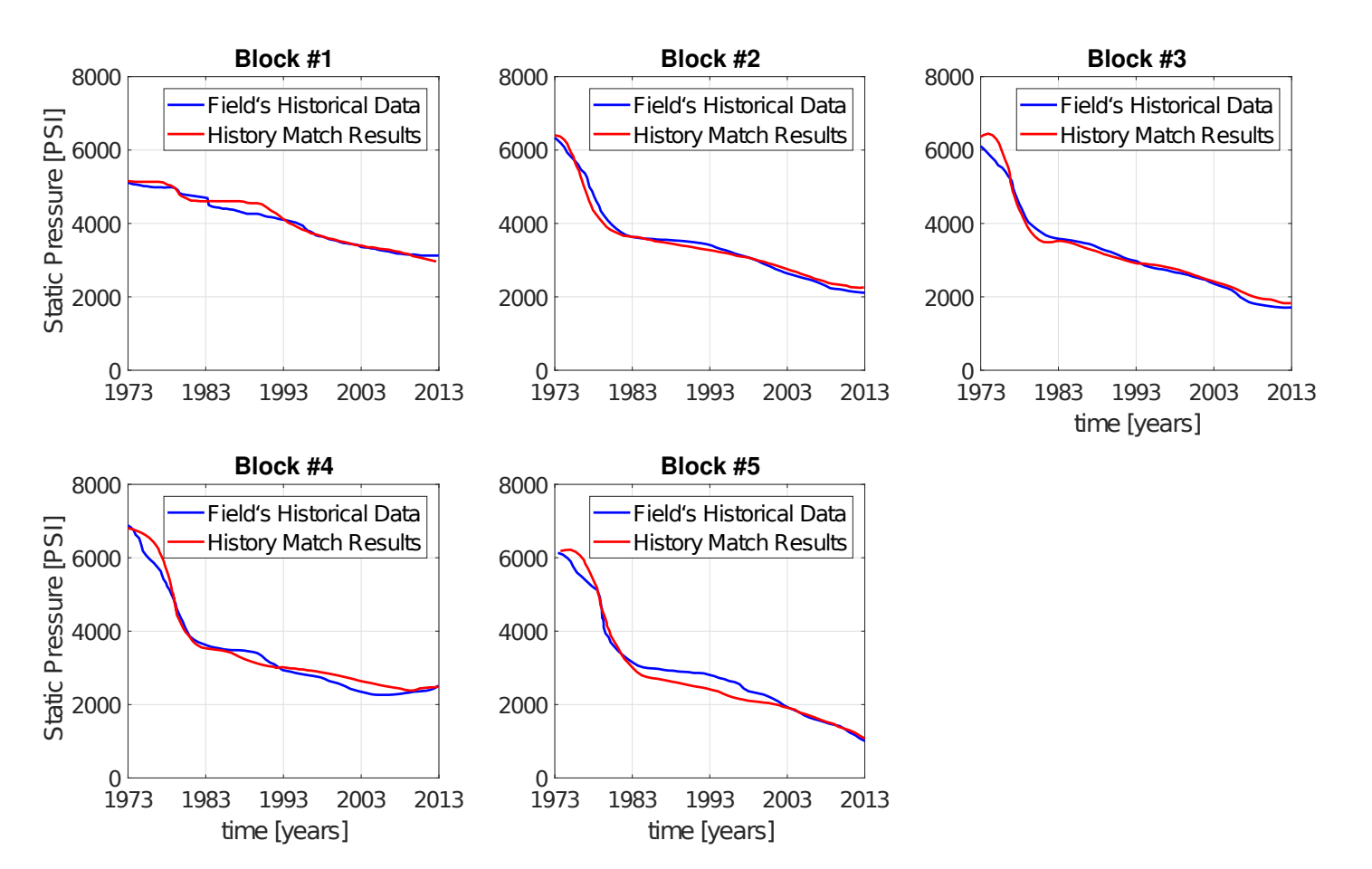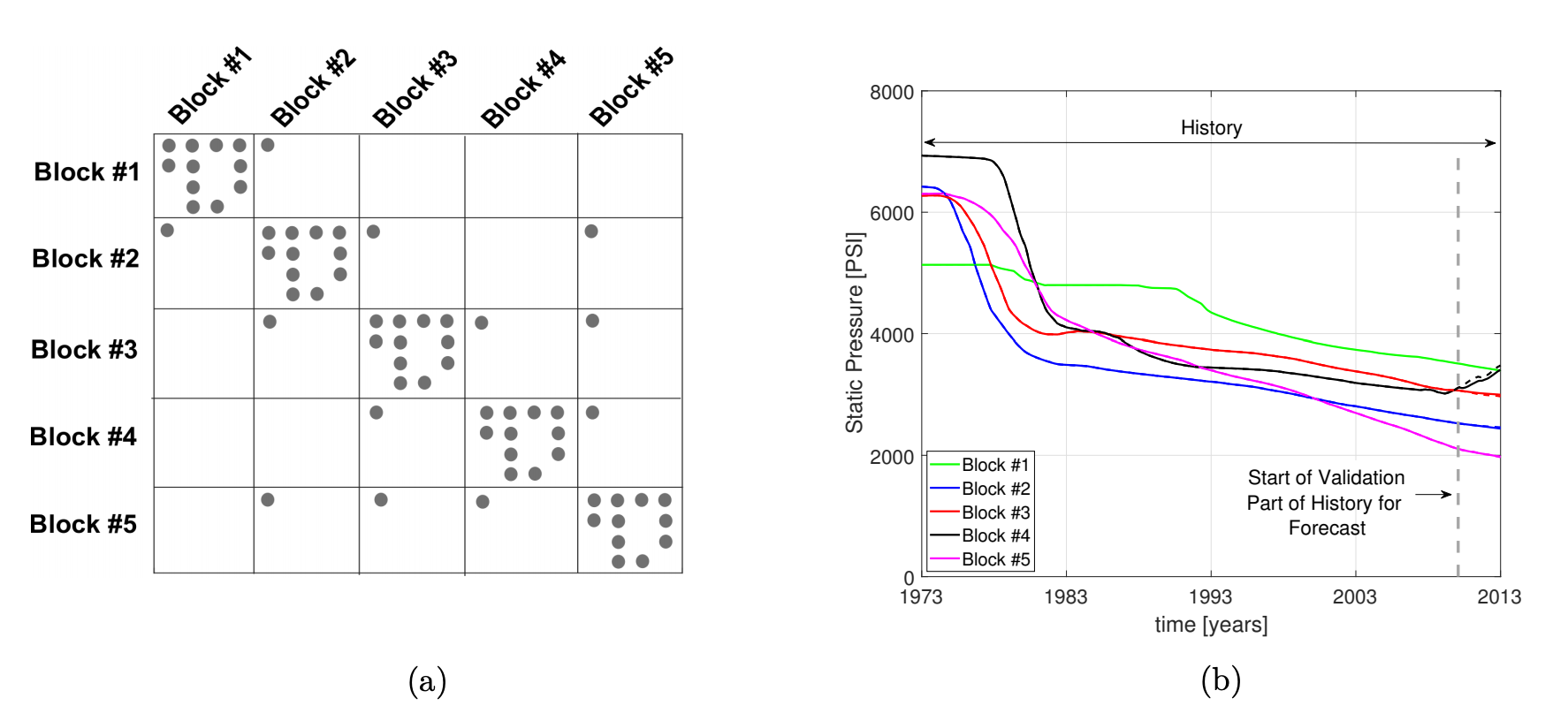

Authors - Soheil Esmaeilzadeh, Amir Salehi, Gill Hetz, Feyisayo Olalotiti-lawal, Hamed Darabi, and David Castineira
Download the Conference Version Download the arXiv Version
Abstract - Representing the reservoir as a network of discrete compartments with neighbor and non-neighbor connections is a fast, yet accurate method for analyzing oil and gas reservoirs. Automatic and rapid detection of coarse-scale compartments with distinct static and dynamic properties is an integral part of such high-level reservoir analysis. In this work, we present a hybrid framework specific to reservoir analysis for an automatic detection of clusters in space using spatial and temporal field data, coupled with a physics-based multiscale modeling approach. A novel and rigorous non-local formulation for flow in porous media is presented, in which the reservoir is represented by an adjacency matrix describing the connectivities of comprising compartments. We automatically divide the reservoir into a number of distinct compartments, in which the direction-dependent multiphase flow communication is a function of non-local phase potential differences. Our proposed clustering framework begins with a mixed-type raw dataset which can be categorical/numerical, spatial/temporal, and discrete/continuous. The dataset can contain noisy/missing values of different data types including but not limited to well production/injection history, well location, well type, geological features, PVT measurements, perforation data, etc. Unsupervised clustering techniques suited to the input data types (e.g. k-prototypes, spectral, Gaussian Mixtures, and hierarchical clustering), and appropriate distance measures (such as Euclidean distance, soft dynamic time warping, and mode) are used. The input data is standardized, and upon convergence check, the best clustering representation is obtained. Finally, Support-Vector-Machine technique is utilized in the kernel space to trace a demarcating hyperplane for the clusters. The proposed framework is successfully applied to more than five mature fields in the Middle East, South and North America, each with more than a thousand wells. In a specific case study reported here, the proposed workflow is applied to a major field with a couple of hundreds of wells with more than 40 years of production history. Leveraging the fast forward model, an efficient ensemble-based history matching framework is applied to reduce the uncertainty of the global reservoir parameters such as inter-blocks and aquifer-reservoir communications, fault transmissibilities, and block-based oil in place. The ensemble of history matched models are then used to provide a probabilistic forecast for different field development scenarios. In addition, the clustering framework enables us to treat missing data and use the augmented dataset for improving the clustering accuracy. In summary, in this work a novel hybrid approach is presented in which we couple a physics-based non-local modeling framework with data-driven clustering techniques to provide a fast and accurate multiscale modeling of compartmentalized reservoirs. This research also adds to the literature by presenting a comprehensive work on spatio-temporal clustering for reservoir studies applications that well considers the clustering complexities, the intrinsic sparse and noisy nature of the data, and the interpretability of the outcome.
Keywords: Artificial Intelligence, Machine Learning, Spatio-Temporal Clustering, Physics-Based Data-Driven Formulation, Multiscale Modeling
